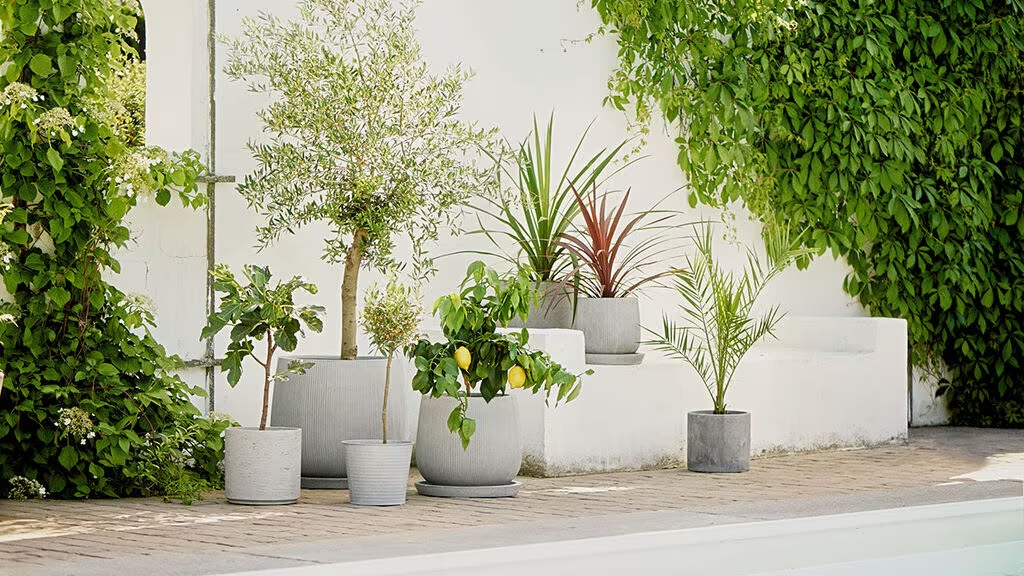This is how you plant fruit trees - the gardener's best tips
Garden
Are you considering planting a fruit tree in your garden? Just do it! A fruit tree will bring you a lot of joy for many years to come. Here you will find gardener Malou Augustin's best tips.,For me, fruit trees are what make a garden extra pleasant. I think it has to do with childhood gardens, memories of climbing the apple tree to reach for the reddest apple of them all. Or the sun-warmed yellow plums with their juicy sweetness. There are so many amazing fruit trees to choose from, something for every taste.,Here I will tell you how I plant to give the fruit tree a really good start. The trick is to give the tree as good conditions as possible, so that it can reward you with large and beautiful harvests in the years to come.









Topics:
Garden












